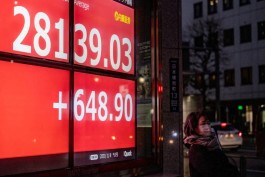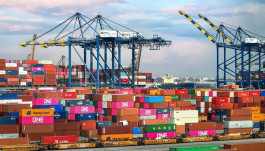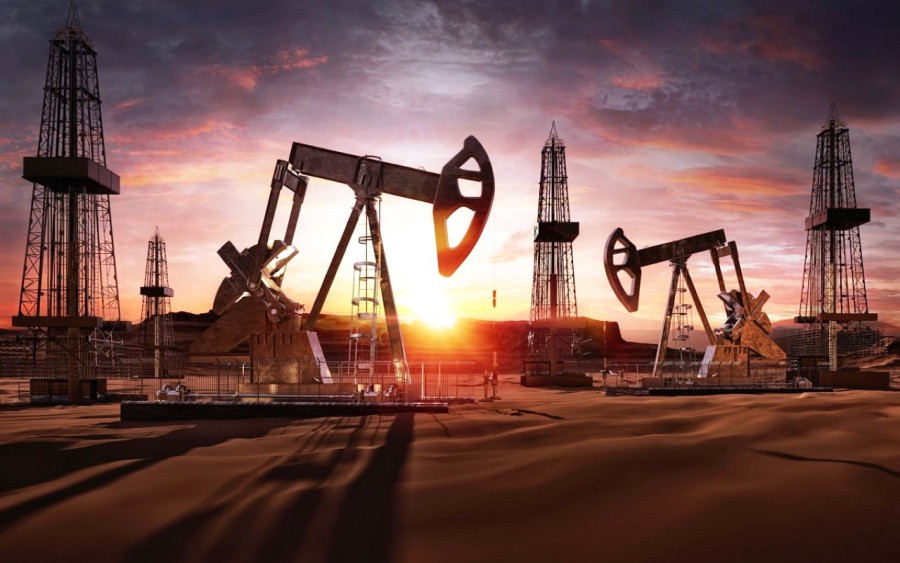The global oil supply surplus is poised to rise, driven by bloated inventories in one particular segment of the fuel market, complicating crude price forecasts.
U.S. inventories of these types of fuel, collectively known as natural gas liquids, have risen to 309 million barrels, according to data from the U.S. Energy Information Administration, the highest level recorded at this time of year.
Gas liquids affect the oil supply and demand balance
The problem for the wider market is that natural gas liquids are often counted alongside crude and refined fuels when calculating global supply and demand, meaning that the growth of these inventories is currently reshaping the oil balance.
However, while these additional barrels contribute to total oil volumes, their impact on benchmark crude prices remains limited, as these prices are determined by trading in a small number of major global centers. This discrepancy presents challenges for anyone attempting to gauge market sentiment.
Toril Busoni, head of oil markets at the International Energy Agency, said that natural gas liquids have dominated supply and demand growth since the coronavirus pandemic, adding that their volumes are indeed huge and are not adequately appreciated by many market observers.
Expectations of an oil market glut
This obstacle comes at a time when Brent crude, the global benchmark, is heading for its third consecutive annual decline, with experts predicting the global oil market could enter a period of oversupply. The International Energy Agency in Paris estimates that the world will experience an unprecedented glut next year.
Citigroup estimates that the surge in natural gas liquids inventories was the second largest driver of the expansion of onshore oil inventories in the world this year, after China's intensive purchases of crude.
The International Energy Agency estimates that global oil supplies will increase by about 2.4 million barrels per day in 2026, with about one-fifth of that increase coming from natural gas liquids.
America is the largest producer of liquefied natural gas.
Natural gas liquids, which include propane, butane, and ethane, are produced alongside crude oil and natural gas and are often used for heating, cooking, and in the plastics industry. Accurately calculating the volume of these liquids can be challenging due to their dual source.
Much of the surge in natural gas liquids supplies came from the broader shift in U.S. shale oil regions, where natural gas production became more favored.
The United States alone currently produces more than 7.5 million barrels per day of natural gas liquids, an amount sufficient to make it the fourth largest oil producer in the world if counted separately.
This is a boost to the Trump administration's efforts to export American energy, including to China, which in recent years has consumed large quantities of American supplies of these types of fuel.
Al-Jafurah boosts Saudi Arabia's gas liquids production
Further increases in global natural gas liquids production will come with the start of production at Saudi Arabia’s massive Jafurah gas project, scheduled to begin by the end of the year.
Global interest in gas is growing due to its potential to generate the electricity needed to power AI-driven data centers. Europe is also seeking to secure supplies that do not come from Russia.
The U.S. Energy Information Administration expects U.S. natural gas liquids production to grow between 2023 and 2026 at nearly twice the rate of crude oil production growth in terms of volume.
Crude oil production may stabilize, but associated gas production will increase.
Don Baldridge, executive vice president of transportation, midstream, and chemicals at Phillips 66, noted that one of the main drivers of growth is U.S. shale oil wells, which are now producing more gas. The company operates a pipeline network that transports about one million barrels per day of natural gas liquids in the United States, exporting about a third of that amount.
Baldridge added: There is more gas for every barrel of oil. Even if crude production remains stable in terms of quantity, the growth rate of natural gas liquids production will remain strong.
Although the pace of growth in U.S. crude production has slowed since the peak of the shale oil boom, production remains close to record levels, and existing wells are producing significantly higher amounts of gas per barrel than they did previously.
New export capabilities are reshaping the oil market.
East Daley Analytics estimates that around 1.4 million barrels per day of new ethane and LPG export capacity will come online by the first half of 2028, highlighting the scale of the potential expansion in supply.
Julian Renton, an analyst at East Daly, said that more than a third of total U.S. liquid fuel inventories can now be linked to natural gas liquids, in a structural shift the market is experiencing.
Renton added: In the long term, this will have a greater impact, explaining: Our outlook for crude production in the Permian Basin is relatively stable, but we still expect natural gas liquids volumes in the region to continue to grow.






































